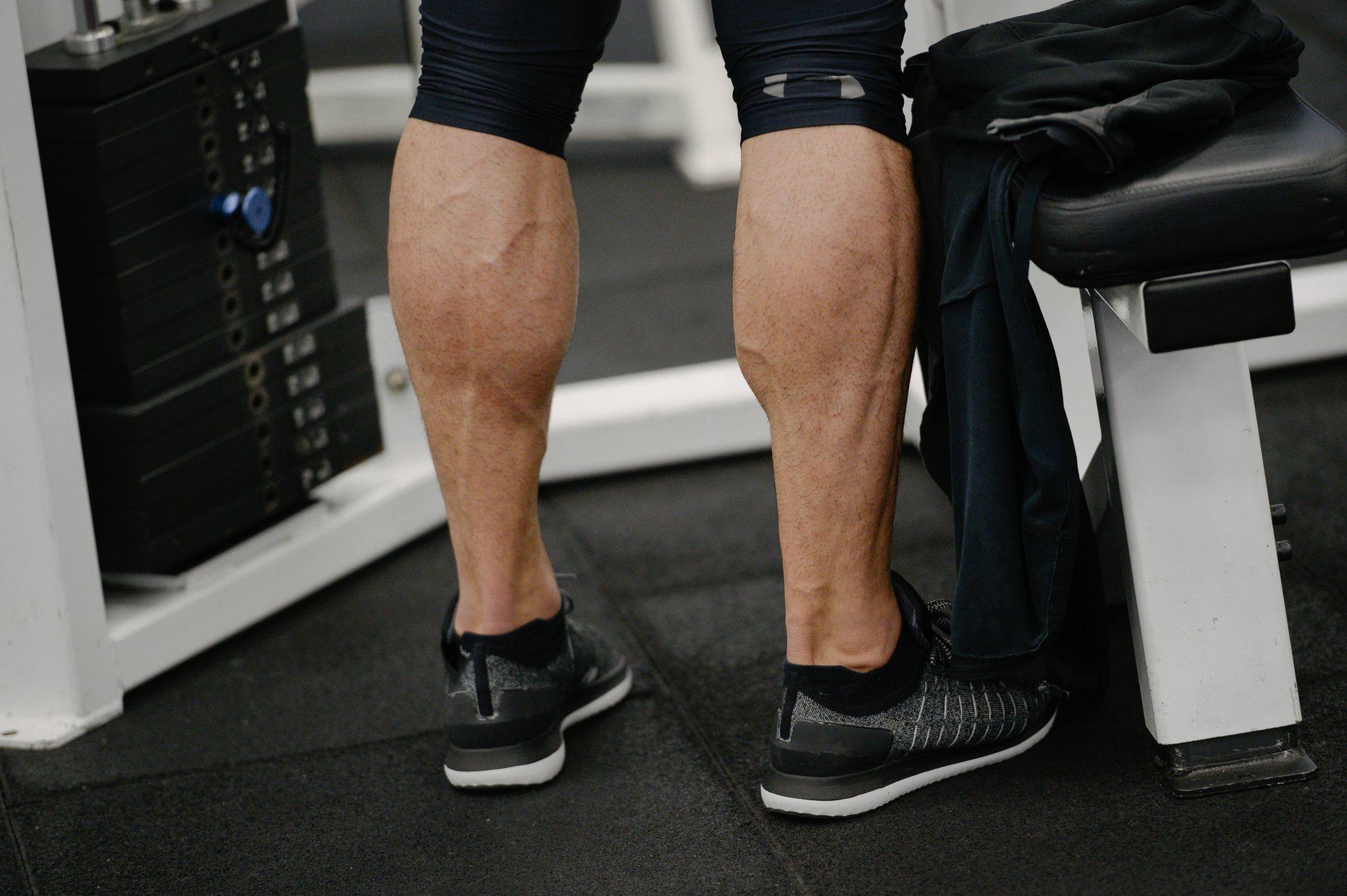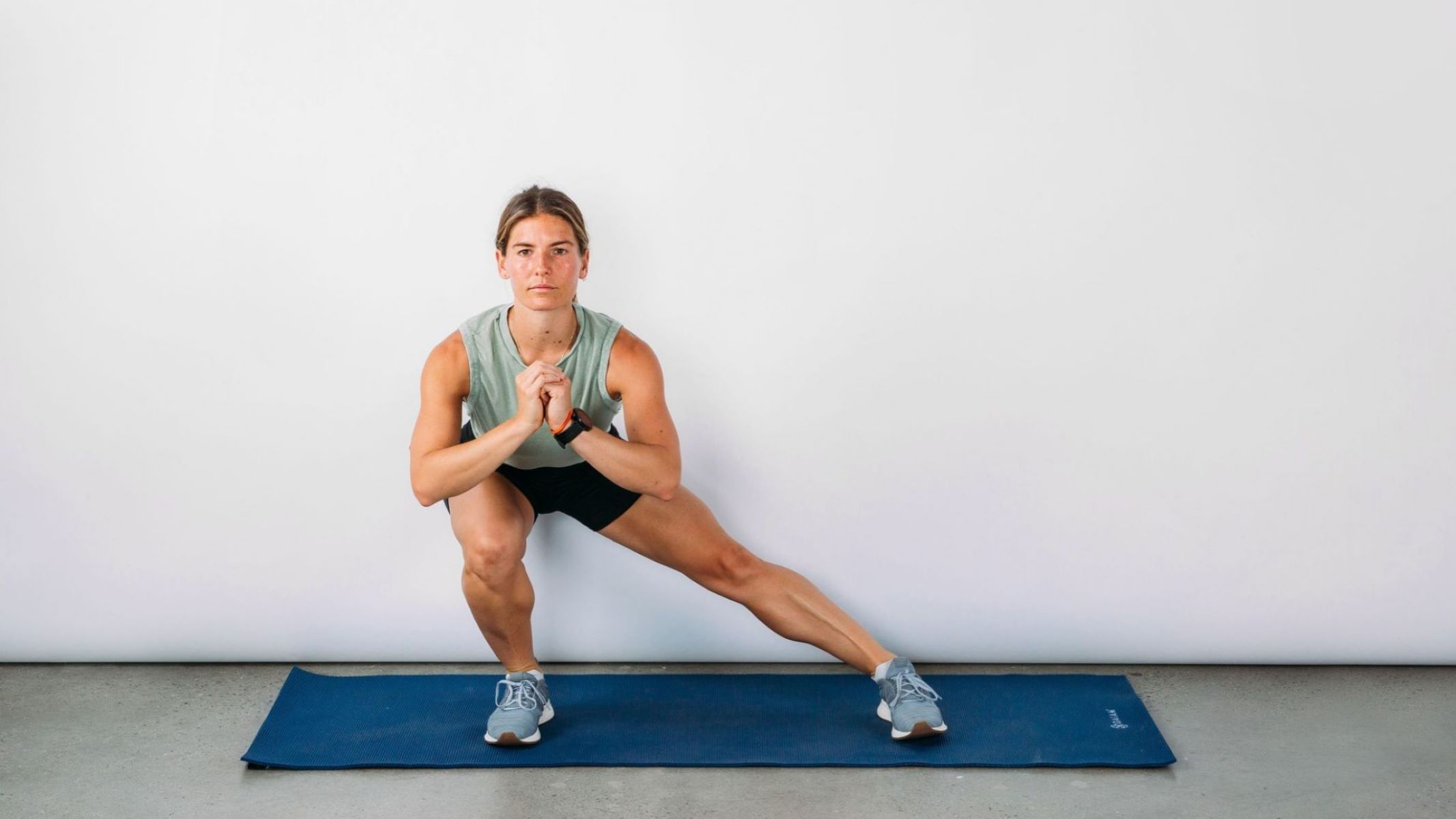

Featured
How To Build Endurance With A Jump Rope
Modified: January 22, 2024
Enhance your jump rope skills with our featured guide on how to build jump rope endurance. Boost your cardiovascular strength and improve your overall performance!
Introduction
Welcome to the world of jump rope endurance! If you’re looking to build your stamina, improve cardiovascular fitness, and have fun while doing it, then jump rope training is the perfect solution. Jumping rope is a versatile and effective exercise that not only burns calories but also engages multiple muscle groups, including your legs, core, and shoulders.
Whether you’re a beginner or an experienced athlete, jump rope endurance is a key component of your overall fitness journey. It allows you to sustain a high-intensity workout, improve your endurance levels, and challenge yourself to push beyond your limits. In this article, we will explore the importance of jump rope endurance, discuss proper jump rope technique, share tips for building endurance, and provide a sample jump rope endurance workout.
Jump rope endurance is more than just a means of burning calories – it’s a way of testing and improving your physical and mental strength. With consistent practice, you’ll gradually increase your ability to jump rope for longer periods of time without fatigue. This will not only benefit your overall fitness level but also enhance your performance in various sports and activities.
So, whether you’re an athlete looking to enhance your performance or someone simply looking to get in shape, jump rope endurance is an essential component of your training routine. Through this article, we’ll provide you with the tips and guidance you need to build jump rope endurance and take your fitness to new heights.
Now, let’s dive into the details of why jump rope endurance is important and how you can start improving it!
Importance of Jump Rope Endurance
Jump rope endurance plays a crucial role in improving overall fitness and athletic performance. Here are some key reasons why it’s important to focus on building jump rope endurance:
- Cardiovascular Health: Jumping rope is a highly effective cardiovascular exercise. By incorporating jump rope endurance training into your routine, you can strengthen your heart and lungs, improve blood circulation, and enhance your overall cardiovascular health. This not only boosts endurance but also reduces the risk of heart disease and other cardiovascular conditions.
- Stamina and Endurance: Jump rope endurance training helps to increase your stamina and endurance levels. As you gradually increase the duration and intensity of your jump rope sessions, your body adapts by improving its aerobic capacity. This means you’ll be able to sustain physical activity for longer periods without feeling fatigued, allowing you to perform better in other sports or physical activities.
- Weight Loss and Calorie Burn: Jumping rope is an excellent exercise for weight loss and calorie burn. It engages multiple muscle groups and elevates your heart rate, resulting in a high calorie burn. By building jump rope endurance, you can extend the duration of your workouts and increase the number of calories you burn, ultimately aiding in weight loss and body composition improvements.
- Muscle Toning and Coordination: Jump rope endurance training not only improves your cardiovascular fitness but also helps to tone and strengthen various muscle groups. It particularly targets the muscles in your legs, core, and shoulders. Additionally, regular jump rope training enhances coordination, agility, and balance, as it requires precise timing and rhythmic movements.
- Mental Focus and Discipline: Building jump rope endurance requires mental focus and discipline. It challenges your concentration and coordination while pushing your physical limits. By consistently practicing and improving your endurance, you develop mental toughness, perseverance, and the ability to overcome obstacles – qualities that extend beyond your jump rope workouts and into other areas of life.
As you can see, jump rope endurance offers a multitude of benefits for your overall well-being. It improves cardiovascular health, enhances stamina and endurance, aids in weight loss, tones muscles, improves coordination, and cultivates mental focus and discipline. Incorporating jump rope endurance training into your fitness routine is a fantastic way to elevate your fitness level and achieve your health and athletic goals.
Proper Jump Rope Technique
In order to build jump rope endurance effectively and prevent injuries, it’s important to master proper jump rope technique. Here are some essential tips to ensure you’re performing the exercise correctly:
- Choose the Right Rope Length: Begin by selecting a jump rope that suits your height. Stand in the middle of the rope and ensure the handles reach just below your armpits.
- Maintain Proper Posture: Stand tall with your shoulders relaxed and your core engaged. Avoid hunching your shoulders or leaning forward, as this can lead to strain on your back and neck.
- Hold the Handles Correctly: Grip the handles of the jump rope firmly but not too tightly. Your hands should be slightly above your waist, with your elbows bent at about a 45-degree angle.
- Establish a Rhythm: Begin jumping rope by using two-foot jumps, landing softly on the balls of your feet. Maintain a steady and consistent rhythm as you jump. As you build endurance, you can experiment with different jumping styles, such as alternating feet or high knees.
- Keep the Rope At the Right Height: The jump rope should pass just over your head as you jump. Avoid excessive swinging of the rope, as this can tire you out quickly and hinder endurance building.
- Maintain a Relaxed Upper Body: Keep your arms close to your body and use your wrists to rotate the rope. Avoid excessive arm movements, as this wastes energy and can lead to muscle fatigue.
- Breathe Properly: Practice rhythmic and controlled breathing while jumping rope. Inhale through your nose and exhale through your mouth. This helps to oxygenate your muscles and improve stamina.
- Start Slow and Gradually Increase Intensity: If you’re new to jump rope or have not done it in a while, start with shorter intervals and slower jumping speeds. As your endurance improves, gradually increase the duration and intensity of your jump rope sessions.
Remember, mastering proper jump rope technique takes practice and patience. Start with shorter jump rope sessions and gradually increase your workout duration as you become more comfortable and confident. Consistency is key when it comes to building jump rope endurance, so make it a habit to incorporate jump rope training into your fitness routine.
Now that you know how to perform the exercise correctly, let’s move on to the next section to discover some effective tips for building jump rope endurance!
Tips for Building Jump Rope Endurance
Building jump rope endurance requires consistent practice and a strategic approach. Here are some valuable tips to help you improve your endurance levels and maximize your training:
- Start Slow and Progress Gradually: Begin with shorter jump rope sessions and gradually increase the duration and intensity over time. This allows your body to adapt and build endurance without overwhelming your muscles.
- Incorporate Interval Training: Interval training is an effective way to increase endurance. Alternate between high-intensity periods of fast-paced jumping and recovery periods of slower-paced jumps or rest. This helps improve cardiovascular fitness and allows you to push yourself further.
- Mix Up Your Jumping Styles: Varying your jumping styles can keep your workouts engaging and challenge your muscles in different ways. Alternate between two-foot jumps, single-leg jumps, double unders, or high knees. This adds variety to your routine and helps build overall endurance.
- Focus on Proper Form: Pay attention to your form and technique while jumping rope. This includes maintaining proper posture, using your wrists to rotate the rope, and landing softly on the balls of your feet. Correct form not only improves efficiency but also reduces the risk of injuries.
- Consistency is Key: Building endurance takes time and consistency. Aim to incorporate jump rope training into your routine at least three to four times a week. Consistent practice allows your body to adapt and progress, leading to improved endurance.
- Listen to Your Body: It’s important to listen to your body and avoid overtraining. If you feel excessive fatigue, pain, or discomfort, take a break and allow your body to recover. Pushing too hard without giving your body proper rest can lead to injuries and hinder progress.
- Track Your Progress: Keep a record of your jump rope sessions to track your progress over time. Record the duration of your sessions, the number of jumps, and any additional notes. This allows you to monitor improvements and adjust your training as needed.
- Stay Hydrated and Fuel Your Body: Hydration plays a crucial role in improving endurance. Drink plenty of water before, during, and after your jump rope sessions to stay hydrated. Additionally, fuel your body with nutritious foods that provide sustained energy, such as complex carbohydrates, lean proteins, and healthy fats.
By implementing these tips into your jump rope training routine, you’ll be well on your way to building endurance and taking your fitness to the next level. Remember to be patient and persistent, as building endurance is a gradual process. The key is to stay consistent and push yourself just beyond your comfort zone.
Sample Jump Rope Endurance Workout
Now that you’ve learned about the importance of jump rope endurance and the tips to build it, let’s put that knowledge into action with a sample jump rope endurance workout. This workout is designed to challenge your stamina and improve your overall endurance:
- Warm-up: Begin with a dynamic warm-up to prepare your body for the workout. Perform exercises like jumping jacks, high knees, and arm circles to get your heart rate up and loosen up your muscles.
- Jump Rope Intervals: Perform a series of jump rope intervals, alternating between high-intensity and recovery periods. Start with a 1:1 ratio, meaning you jump at a high intensity for a set duration, followed by an equal recovery period. For example, jump at a fast pace for 30 seconds, then rest for 30 seconds. Repeat this sequence for 10 rounds or adjust the duration based on your fitness level.
- Jumping Variation: After completing the intervals, switch to a different jumping style to add variety and challenge your muscles further. This could be single-leg jumps, double unders, or high knees. Perform each variation for 30 seconds to 1 minute, focusing on maintaining good form and intensity.
- Cool-down: Finish the workout with a cool-down to gradually lower your heart rate and stretch your muscles. Perform static stretches for your calves, hamstrings, quadriceps, and shoulders. Take deep breaths and allow your body to recover.
Remember, this sample workout is just a starting point, and you can adjust it based on your fitness level and preferences. As you build endurance, you can gradually increase the duration of the high-intensity intervals, decrease the rest periods, and incorporate more challenging jumping variations.
It’s crucial to listen to your body throughout the workout and adjust the intensity as needed. If you’re a beginner or feel fatigued, start with shorter intervals and take longer recovery periods. As you progress and your endurance improves, gradually increase the intensity and challenge yourself to push harder.
By consistently incorporating this sample jump rope endurance workout into your routine and gradually progressing over time, you’ll notice significant improvements in your stamina, cardiovascular fitness, and overall endurance.
Remember to have fun, stay motivated, and celebrate your progress along the way. Building jump rope endurance is a rewarding journey that will not only transform your physical fitness but also boost your confidence and mental fortitude.
Conclusion
Congratulations on completing this comprehensive guide to building jump rope endurance! By incorporating these strategies, techniques, and workouts into your fitness routine, you can significantly improve your stamina, cardiovascular health, and overall endurance.
Jump rope endurance training offers a multitude of benefits, including improved cardiovascular fitness, increased stamina, weight loss, muscle toning, and enhanced mental focus and discipline. It’s a versatile and effective exercise that can be tailored to individuals at any fitness level.
Remember, building jump rope endurance takes time and consistency. Start with shorter sessions and gradually increase the duration and intensity of your workouts. Be patient with yourself, listen to your body, and make adjustments as needed.
Stay motivated by tracking your progress, celebrating milestones, and incorporating variety into your jump rope routine. Try different jumping styles, experiment with interval training, and challenge yourself to push beyond your comfort zone.
Lastly, remember that jump rope endurance is not just about physical fitness; it also strengthens your mental fortitude. The perseverance and discipline you cultivate through jump rope training can translate into other areas of your life, helping you overcome obstacles and achieve your goals.
So, grab your jump rope, find a comfortable space, and start building your jump rope endurance today. With consistent effort and a positive mindset, you’ll be amazed at the progress you can achieve.
Now, go out there, jump with determination, and take your fitness to new heights!









